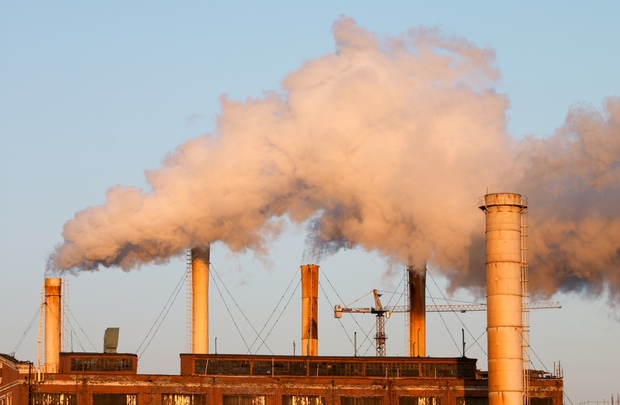The Washington region had its best ozone season on record this year, according to the Metropolitan Washington Council of Governments. The COG announced today that there were only two days this year where the regional ground-level ozone pollution exceeded 70 parts-per-billion (ppb), the 2015 acceptable standard. In 2019, ten days were flagged as “exceedance days,” days when the ozone pollution level exceeds this limit.
Further, the two exceedance days this year were only marked “Code Orange,” meaning that the level of ozone pollution stayed between 70 and 85 ppb. There were no recorded “Code Red” days or “Code Purple” days, when the ozone pollution level exceeds 85 ppb.
Experts at the COG credit the region’s stay-at-home orders as one of the reasons for the low rates. Ground-level ozone pollution is caused by pollutants—such as fuel emissions—reacting with the sunlight to create Oз, otherwise known as ozone. Stay-at-home orders and other COVID-19 restrictions reduced traffic and lowered electricity consumption, which in turn lowered the level of pollutants that would create ozone.
The weather may have also been a factor in the region’s record air quality numbers: July and August were wetter than average this year, and this May was cooler and drier than usual. These changes in weather patterns allowed for better air quality during ozone season, which runs from March to August every year.
However, the region’s ozone emissions are still not within federal standards, which are based on a three-year average of ozone pollution levels in a region. The COG announced that they would continue efforts to lower emissions to meet these guidelines.















